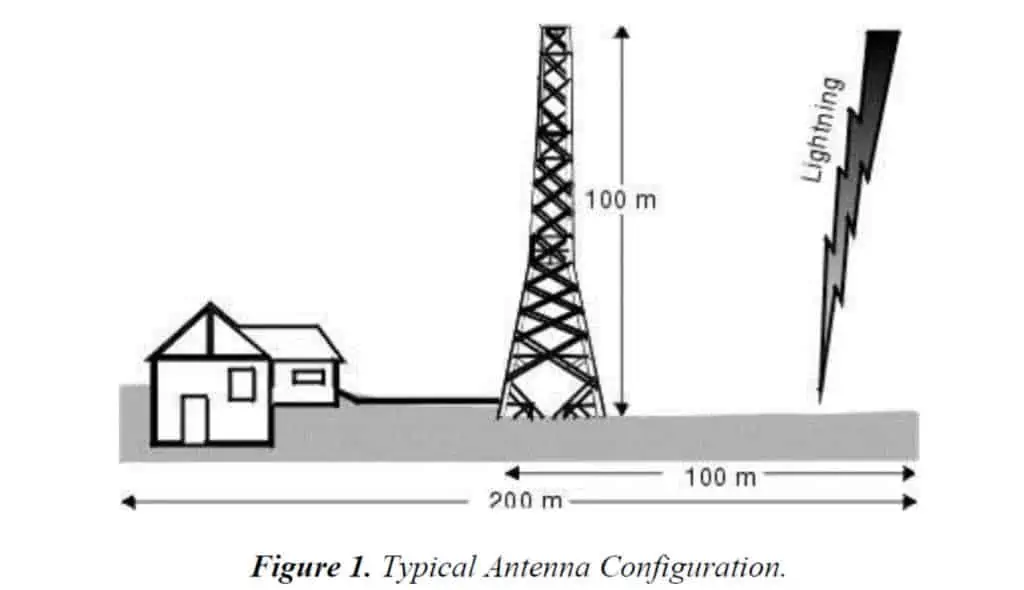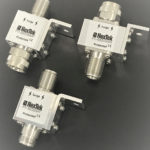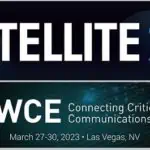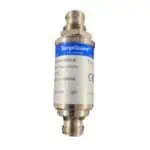News & Events
January 20, 2016
How Do I Estimate Lightning’s Effects on my Radio Antenna?
Have you ever wondered how to calculate lightning-induced antenna-coupling levels for a specific radio setup? How much energy could theoretically flow along my coaxial cable due to a nearby lightning strike?
Today’s highlighted article is a useful tool for anyone looking to make a assessment of a specific radio antenna’s susceptibility level when a lightning strike occurs nearby.
- For example, how do you estimate the energy that might be coupled into the antenna from a nearby strike, and what levels of surge (Voltage, Current, and waveform details) should be expected further down the cable run?
- Have you ever wondered how to calculate lightning-induced antenna-coupling levels for a specific radio setup?
- How much energy could theoretically flow along my coaxial cable due to a nearby lightning strike?
This NexTek technical article was published years ago, but the formulae and calculations given are still 100% valid today.
- E-Field Coupling – The process of energy coupling into the antenna (from the surrounding charged air, aka the e-field around the lightning strike.)
- Antenna Length and Operating Band
- Location of Antenna
- Pulse Characteristics (Risetime, Pulsewidth, etc.
- Current Injection – The process causing energy flow due to nearby Current Injection into the earth/ground, which causes elevated ground potential and therefore current flow.
- Location of Strike
- Length of Cable Run
- Current Injection Level
- Overall Review – What these calculations mean, and what to do with the calculated values!
Please follow the jump to find the article and learn more about estimating the effects of lightning on radio antennae!
Learn More:
Article – Estimating the Effects of Lightning on Antennas
Other Resources:
Article – Get Grounded: Protection of Electrical Equipment Against Lightning Transients
Article – Selecting Coaxial Lightning Protectors
Get A Free Quote
Or Call 978-486-0582





